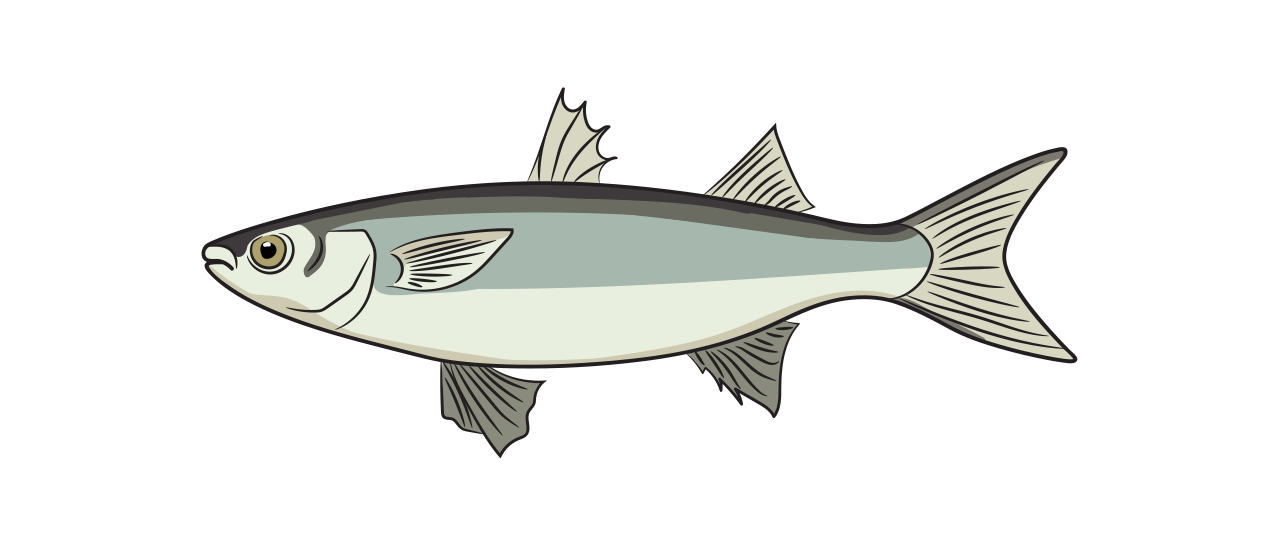Grey Mullet Species| Fish Species Guide | Angling Direct

Grey Mullet Species
Members of the Mugilidae family, there are three common species of grey mullet; thick-lipped grey, thin-lipped grey and golden grey mullet. Favouring shallow waters close to the shore, grey mullets are mostly located in northern European waters. Grey mullet species boast a silver torpedo-shaped body with dark horizontal stripes and tend to have a thick upper lip along with thick, hard scales.
The mullet is well deserved of the name grey ghost. This is because they are a very difficult fish to catch due to their unusual feeding habits and the fact that they are easily spooked by noise and even the silhouette of an angler.
Stats
Status
Habitat
Harbours, estuaries and naturally sheltered coves and bays.
Bait
Chopped mackerel, herring, king ragworm & bread.
Native or Invasive
Native
Where
Mediterranean and in smaller numbers in the Black Sea, along the Atlantic coast of Europe, as well as Southwest Britain.
 Catch Experience
Catch Experience
Video
Blog Highlight
Guide to Beach Fishing; Seasons & Tides
Fishing the UK waters from beach or boat is very different to coarse and carp fishing, the environment itself provides several challenges. When sea fishing it is important to consider seasons and tides, the time of year and position of the tide will...
Read More